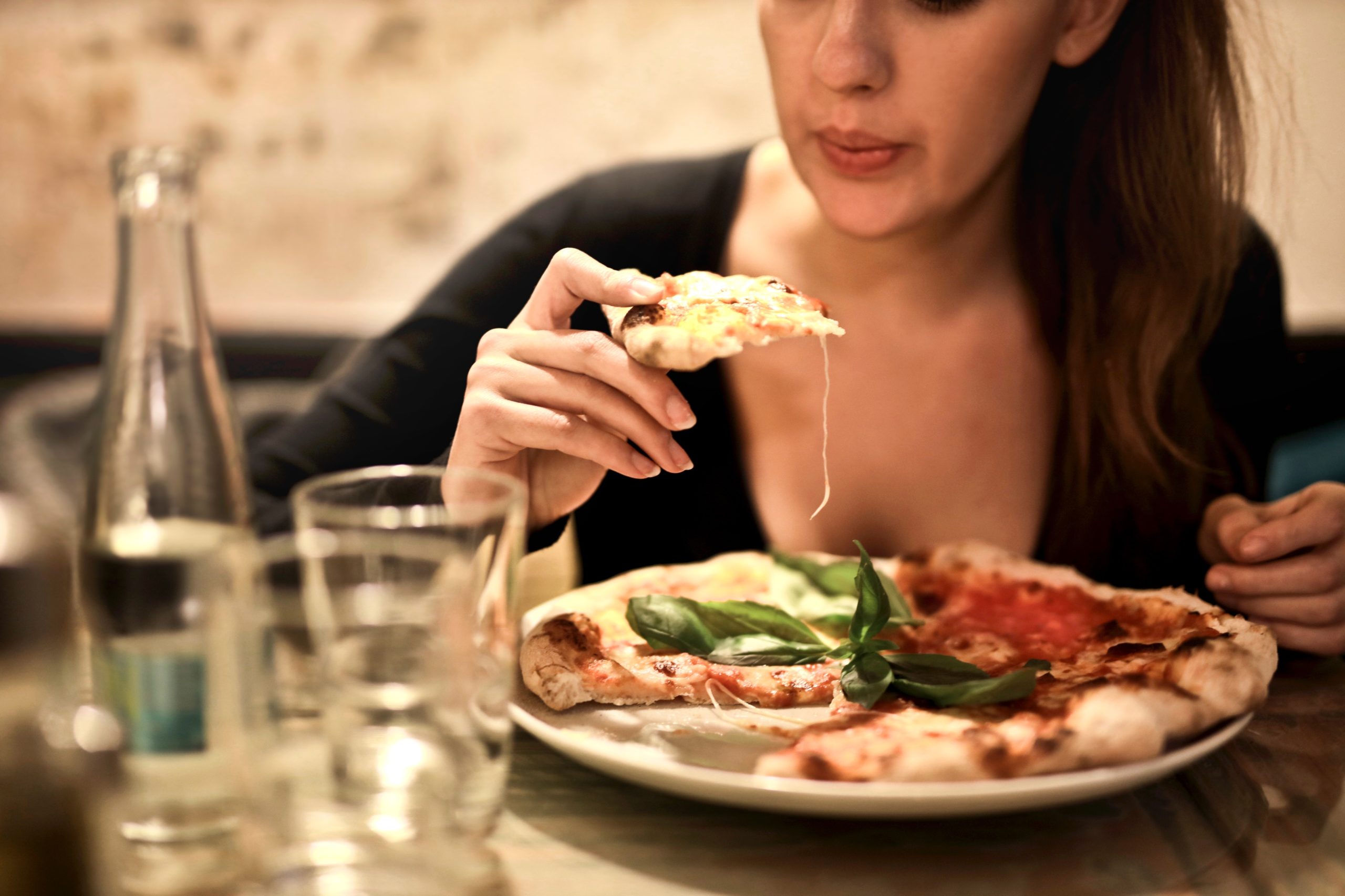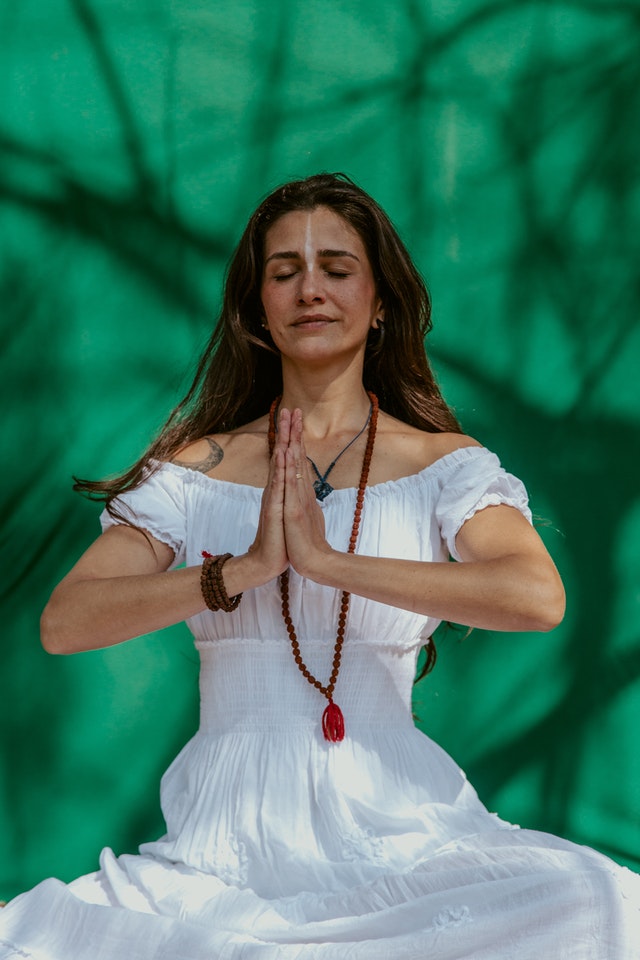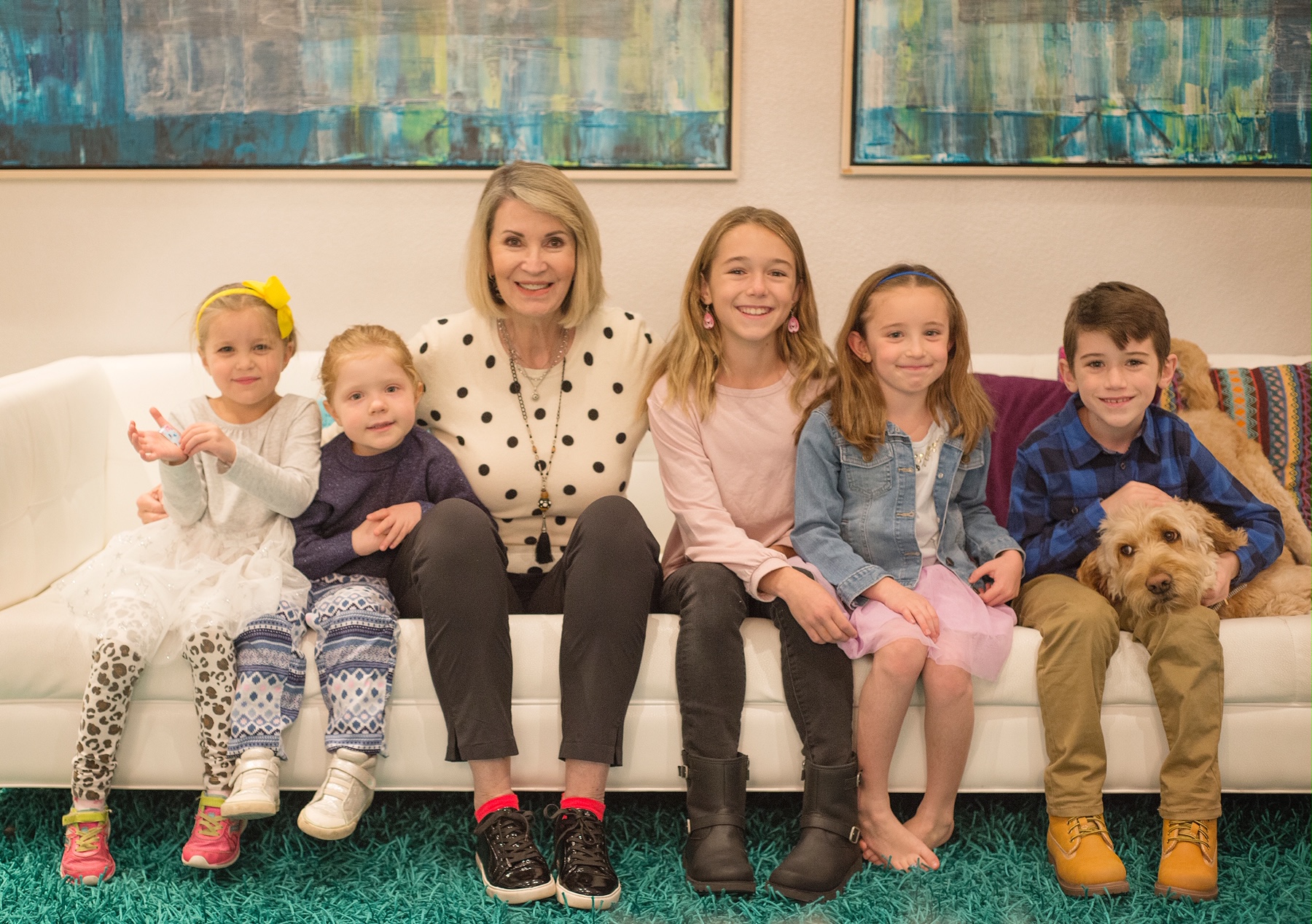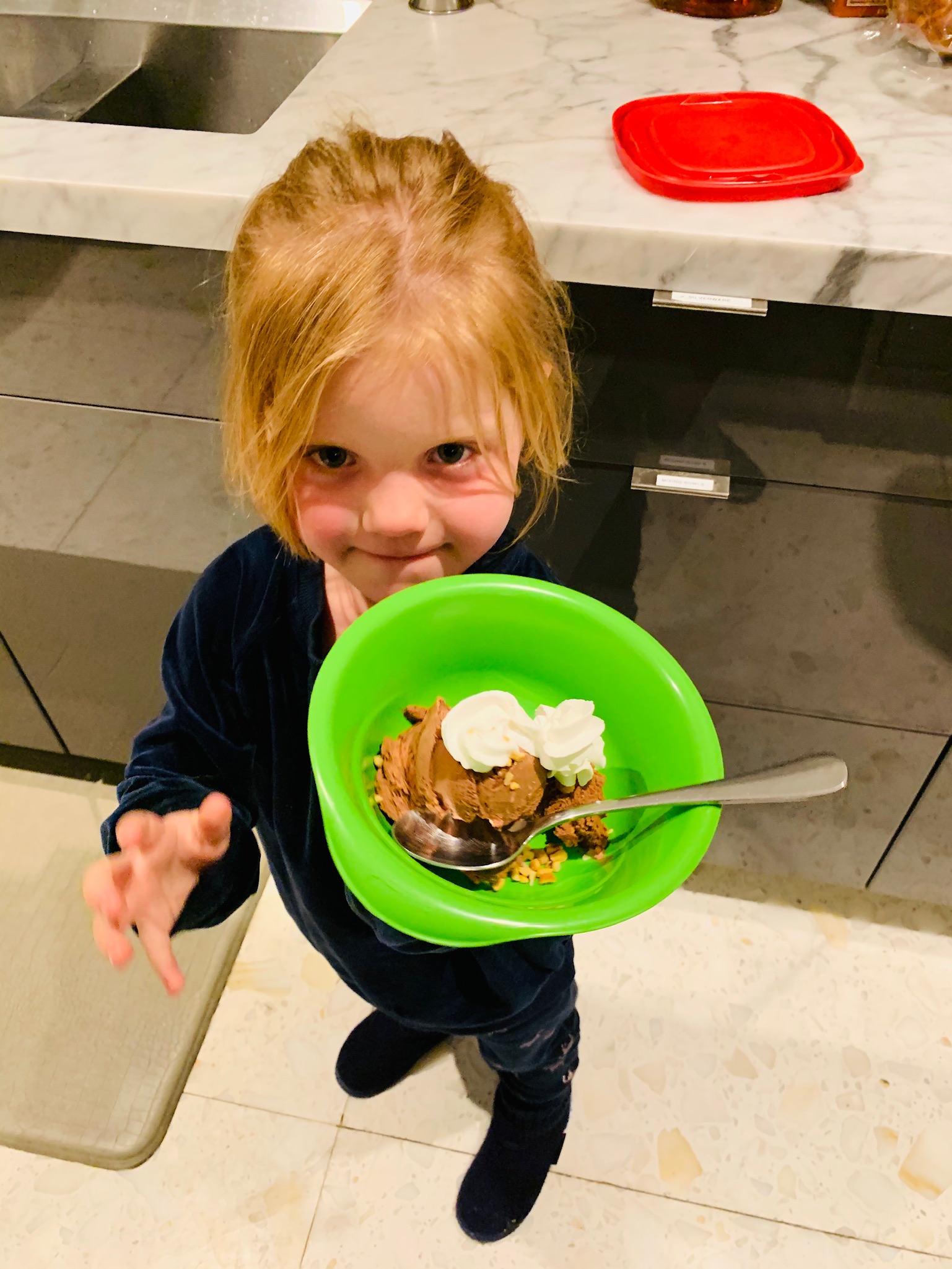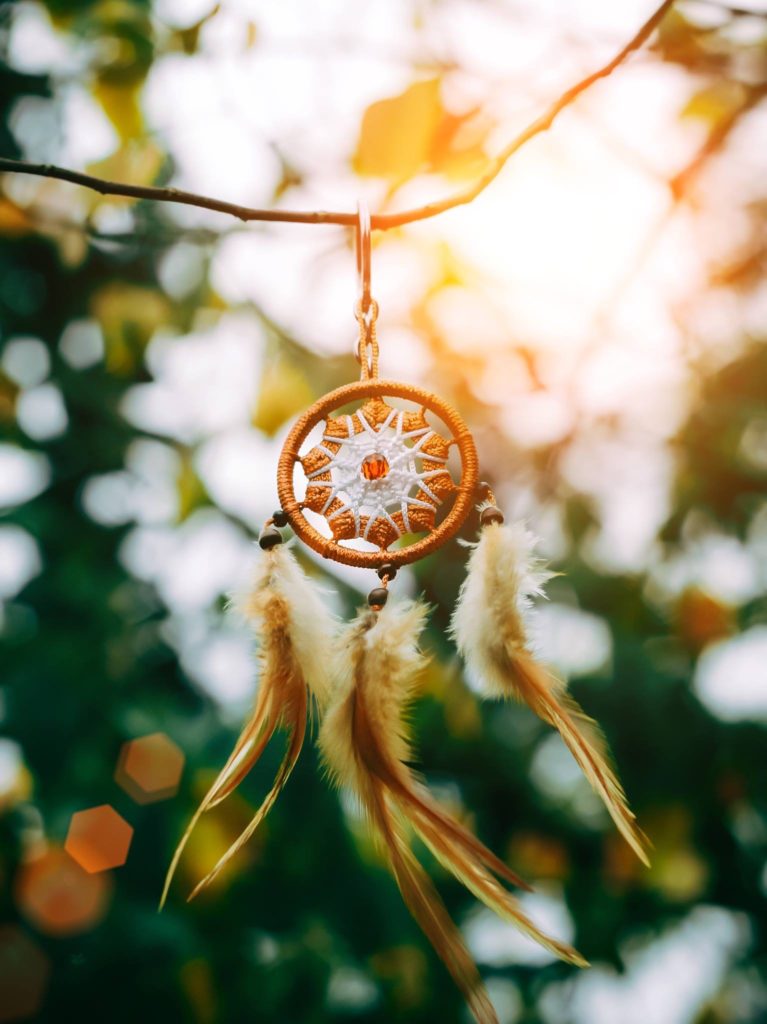
My Cancer Scare Taught Me So Much.
I love learning healing modalities and all the various ways you can take care of your body!
I am definitely super woo-woo. The more cosmic and angelic, the happier I am.
Back in 2009, I learned about alternative medicine and healing when I was staring at a potential cancer diagnosis.
I would not allow myself to buy into not being well and having a life-threatening illness. I committed to daily practices of meditation, prayer and breathing as well as three weekly acupuncture treatments.
Robert, my acupuncturist said all my organs in my belly were enlarged most likely from the infection I had due to an appendectomy gone bad.
I was so sick; I could hardly eat and would have violent attacks of projectile vomiting. And yet, I did not believe I was deathly ill.
Meanwhile, the medical community kept doing more tests and scans. They were not getting the answers they were looking for. It’s not fun living with a dark cloud hanging over you. After six months they ordered another contrast MRI.
Guess what?
The duct to the pancreas was normal in size again. My doctors were speechless. There is no medical explanation for this they told me. They have never seen this happen before. I didn’t need theirs; I had my own answer “BELIEF”!!!
The entire experience inspired the path I am committed to today, finding alternative ways for you to heal your body.
Just to be clear, I take really good care of myself. I have been taking daily vitamins and herbs for eighteen years. I don’t smoke or drink. I do not sit in the sun.
For the past year, I have been expanding my knowledge base and learning energy healing, understanding the basics of Ayurveda and powerful practices from different shamans.
I want to know as much as I can and so I am able to share it with all of you Dear Ones.
This week’s guest on Awakening Divine Wildness is from across the pond. Clare Chater is a highly recognized healer and is known as the Rainbow Shaman. She is a MESA carrier and has received sacred MESA rights, which have been installed and strengthened. Clare is going to teach you the importance of the four directions, your mind power, and understanding animal symbols.
The entire show is captivating.
Listen to the Awakening Divine Wildness podcast by clicking the play button on the audio player below.
Subscribe & Review Awakening Divine Wildness
Apple Podcasts l Spotify l Google Play l Stitcher l TuneIn
Need help subscribing and reviewing the podcast? Click HERE for instructions.
Read the Full Transcript
Mal: Oh, today is going to be a really exciting show because I have a guest that has agreed to come on and she’s over right now outside of London in Essex, England. And this is such a treat for Awakening Divine Wildness because this lady is the rainbow Sharman, Clare Chater is from Essex and her shamanic training is in the Peruvian lineage. [00:00:39] She’s a Mesa Carrier and has received sacred, am I saying that right? Mesa?
Clare Chater: Uh-uh.
Mal: Right, which had been installed and strengthened. Her training, she’s done extensive training, which is also known as the Medicine Wheel. And it’s common to spend at least a year in each direction, building a relationship with power. And when we talk about directions, we are referring to the South, the West, the North and the East. You know, we all have that energy within us. She’s had a lifelong initiation process in Shamanism, which she feels chose her rather than her choosing it, which will be very interesting to hear about. She’s been able to have a dialogue and a language with formless energy, which is worth more than all the things in reality. It’s her belief that as a species we will be awakened to disability of communicating more and more. Science calls it metaphysics, but Clare likes to call it Mind Power. You could say it’s a conversation with God and she’s going to open up this show with a special prayer for all of the listeners today. Clare, welcome.
Clare Chater: Thanks Mal. It is an absolute honor to be here, so thank you.
Mal: You look wonderful in your headdress. I just love it. I just know that there’s going to be so much fun. So take it away, girl, with your beautiful prayer.
Clare Chater: Okay, so let me invite everyone just to come into a place of presence. Bring all your energy into yourself right now. Take a nice deep breath in, hold it at the top and out. Just be with yourself for this invocation. Beautiful mother earth. Thank you father sky.
Mal: Oh, beautiful. I cannot think of a better day to do this because last night we had a full moon at 12/12 on 12/12. So this show will be appearing later but it’s such a high energy day, such a powerful day to talk about shamanism. You know, 20 years ago, 30 years ago, when I started my spiritual path, I never heard that word. But in the last 10 years, it keeps coming up and I keep meeting different shamans and I’ve been reading books. So I want to introduce the audience to Shamanism and have them understand it and start to embrace the beauty and the power of what a shaman has.
Clare Chater: [00:04:16] Yes, it is. It’s an honorable lineage and part of the Kairos prophecy was to come down to the mountain and to share this wisdom, with the rest of us species so that it has got to people like me. And, they’ve written permission to certain people to teach their lineage. They don’t write books or anything so that it doesn’t become misconstrued or taken out of context or learnt in the wrong way. It’s very specific, so that we hold the sacredness and the honor of the energy. And it does, it works with the four directions. For me, another way of saying that is that you could have an entirely highly evolved being in one direction that you work with and find a relationship with. It’s almost the different personalities of oneness, the different personalities of God. I mean for me everything is all one, but when you get into the metaphysical realms, there’s three part beings there as well. That makes sense. But their understanding is that we’re all connected to the one.
Mal: Yes.
Clare Chater: The same as us. We are three part beings in the physical realm as well.
Mal: Now, I mentioned that I had read a book once called ‘The Four Ways’ about the directions and that each direction had specific personality traits, had certain powers and gifts that we are meant to bring to this to civilization. Can you explain what you mean by the four directions?
Clare Chater: [00:06:12] So in the South we have Sashamama and she comes in and shows herself to me as a snake. So we often use animals and if I journey I will find, different animals coming in and different metaphors and symbols. And that’s almost me having a dialogue with the metaphysical. So that’s how I would understand it rather than in words in stories and in symbols using animals so, that they can relate to my human understanding. And it helps during a healing because depending on which animal comes in, you know what specific theme you’re working on. So the South for instance is all about shedding, shedding the past, shedding old patterns and behaviors. So if snake comes in, you know, you’ve got some unraveling to do.
Mal: Wow.
Clare Chater: In the West, we have a Jaguar and this is fear based. So that if Jaguar comes in, you know that you’re working on a fear based issue. The North is a hummingbird and she represents magic and joy. And I guess in the coaching way you would say finding your life purpose or you know, your meaning, what brings you life force. And the East is all about perspective and bigger picture. Those eagle eyes that can see, eagle and condor that can see from, from far, far away.
Mal: Oh, I love it. So when you’re doing a session with a client, you’re obviously working with the four directions. And one of those animals, one of those animals will come in and as a symbol for you to help that client?
Clare Chater: Yes, exactly. So I would work with a Mesa. This is the Mesa.
Mal: Oh, I’m glad you showed that. That’s fascinating. Tell us about the Mesa and what it means.
Clare Chater: [00:08:19] It literally translates as table. So if this is the bundle, so you fold up to contain the power and contain the energy. But if somebody came for a session, you open it in this very special particular way and it becomes a table. And inside are what we call khuya, which are stones and khuya means carrier. So this carries the wisdom and the story and depending on which khuya is picked, that will also represent one of the directions and a lot of the healing. So it would represent that person’s block. If they came with say, relationship issue, they might pick, past life. Kuya. So that will tell me that it’s probably fair based and they’ve got past life threads attached to this issue.
Mal: How many stones are inside there?
Clare Chater: [00:09:15] Twelve.
Mal: In the Mesa.
Clare Chater: Inside a mesa, so you have three for each direction. You can put other ones in that represent other things as well. You would have an extraction stone for instance. But yes, 12 to be picked from.
Mal: So when you start the session, you open up the Mesa and lay it out?
Clare Chater: Yes.
Mal: And the fabric of the Mesa, is it sacred fabric? Has it been blessed? Is it from a particular place?
Clare Chater: Yes. You start with a Mesa cloth on your very first training and you can never wash it.
Mal: Whoa. Why?
Clare Chater: [00:09:58] Because if you washed it, you would take out all the energy.
Mal: Okay.
Clare Chater: It can change your Mesa cloth, but it takes, you would need to wrap it in the other one. It takes a whole process for really lasting for about two weeks before you can exchange them over. But usually, yes, your Mesa cloth, wouldn’t be washed. It contains all the energy and you feed it. So I would put sugar and blessings and offerings inside the Mesa as well. It’s like an energetic extension of me, so it needs to be fed and nourished and looked after and prayed on.
Mal: How did you pick your cloth?
Clare Chater: My original one is inside actually, and that’s a baby blanket and that was my daughter’s baby blanket. So that was very special and had a lot of energy for me as well about birth and creation and new life. And the fluffy on the outside is really cuddly. It’s light, it’s fluffy. I don’t know if you can see it.
Mal: Beautiful. Oh, I love the idea of your daughter’s baby blanket. What beautiful energy to have contained. And as you said, it’s about birthing. Oh my, wonderful. You lay it all out and then does your client get on top of that?
Clare Chater: You would have it on a table there. The couch where they lay to have the healing is a separate couch.
Mal: Okay.
Clare Chater: Laid it out somewhere else and they would pick one of the stones.
Mal: Wonderful. Tell us a little bit more about some of the stones and how they connect to the different directions.
Clare Chater: [00:11:44] So you can have illuminations, which I work with illumination in the South and they were tagged different themes and different stories in the stones as well. So that might be for instance that punishment stone or relationship stone relating to a specific issue. And then in the West you have past life stones. In the North you have soul retrieval and in the East is contract cutting.
Mal: Oh, I just love the sound of all of this. I mean, I’m mesmerized by it. It’s, just beautiful. You’ve been training, how long do you do all of this?
Clare Chater: [00:12:26] So, it’s at least four years. And I have, I’ve had practitioner insurance for about three and I feel my training is forever continuing. I don’t know whether my role ever see myself with sort of done so much exploration. And you kind of, you learn on the job because you make these connections with the metaphysical and then make and teach you other things or show you, I guess it’s like learning a language. A little bit of it, then you can start to speak a little bit more in a little bit more and yeah, there are so many layers.
Mal: Was there a reason why you pursued this? Something specific that inspired you. Were you always very spiritual and this was just the next step in that journey?
Clare Chater: Yes. [00:13:30] I got Ulcerative colitis which is an autoimmune disease when I was nine. And that provoked the spiritual journey for me personally because we did medication for a certain amount of time and then decided, actually this isn’t for me, there’s another way. So I had to, yes, a healing journey or my life and I did Indian spiritual practice for a little bit. I did Reiki Masters and suddenly found myself in Shamanism. And it was, yes, I was suddenly there and I’m working and I thought, “Well, look, look around, how did I get here again? And yes.
Mal: Okay, you say shaman. And I said Sharman, which is the correct way?
Clare Chater: It’s potato, potato.
Mal: Oh, okay. Based on accents or whatever. I don’t know if I was mispronouncing it all this time. Okay. Now you also talk about three parts of beings that connecting our thought patterns or energy for our body to connect to our soul. Can you elaborate a little bit about how you work with those three components and what it does for someone?
Clare Chater: [00:15:01] Yes. So the three part being understanding is that we are mind, body, spirit. Let’s say and this means that the healing is really interactive. So the client on the couch really becomes a part of their own healing and really understands it. I don’t know everything about all other spiritual modalities, but most of the time, if you went for a spiritual healing, you just lay there and receive. There’s not really any participation from the client. Whereas in shamanic healing, and certainly what I do is we very much work with the mind to get the cognitive shifts. So that the energy doesn’t return, so that your block doesn’t return. Because if you didn’t tweak the mind as well, you just take the heavy energy off, you’re just going to recreate that block again because you’ve still got the belief installed in the mind. So, for me, hitter the whole fruit that you get. It’s like counseling and psychotherapy as well as energy healing for the body. So that the client really understands, “Oh, that was the belief that wasn’t serving me. That was the thing that was the problem.” And they get the “aha” shift and they can really move into a new frequency in it. So people say you can really feel that because there’s a relationship to what’s going on and it’s understood in the mind, then felt in the body and the soul part is where we would come in and journey to the other worlds. So I would journey to the metaphysical and have a conversation with their soul or that kind of sound for whatever that is and get any insight that needs to be passed down from. Then that third part, to reveal any revelations that’s coming through that way. So for me, it’s really important to have all of those three things because we are three part beings. Why wouldn’t you make it thorough and make sure that you’re locked in on each section?
Mal: Now I know the listeners that someone’s going to want to know the answer to this question.
Clare Chater: Yeah.
Mal: Can this be done remotely or must the client always be in your physical presence and in the presence of the Mesa and the stones?
Clare Chater: [00:17:30] When I first started, I would only do it in person but since I have been doing online sessions. And I worked in a particular way where I give my khuyus a number, so that the person then picks a number rather than a stone. And if it’s a soul retrieval, I would send an integration journey that they then would have to listen to afterwards. So you take, you have to then lie down and you would take yourself through the journey, so that it can be installed. But feedback from distance clients is yes, they can totally be let, what I say with their experience matches up. So in from my experience, yes it is totally energy knows no time and space and you can do each one remotely. Yes.
Mal: Oh, that’s wonderful. Because I know people who probably going to say, “I want to do this and then can it be done this way?” That’s fascinating. What do you think is the most important aspect of Shamanism? If you could sum it up, what would be the number one benefit that someone could get from a session with you?
Clare Chater: [00:18:59] For me, it’s that knowing and understanding because it’s like a self-development session as well. Because you have the mind power and the cognitive shifts for the brain. It’s like, the idea of understanding proceeds forgiveness. So, if you’re holding onto something, you don’t need forgiveness, if you have that layer of understanding. And you then awakened the person or heightened their awareness, evolve their soul because the mind is understood and been opened. So for me that’s the key on what somebody is going to get out of it.
Mal: It’s really almost a self-realization that comes out of the session.
Clare Chater: Yes. Or like a self-remembering. It’s like, “Oh yeah. Oh yeah.”
Mal: “Oh yeah. Oh yeah.” I’ve got a lot of “Oh yeah,” in here, let me tell you. Most of them I have faced head on now and dealt with, thank God. But there were many that were suppressed for many years, I’ll tell you, too. This has been a 30 year journey for me, of clearing all the, “Oh yes”. Claire, you have on your beautiful website a lovely free resource for the audience. I would love for you to describe it, tell them about it and how they can get it.
Clare Chater: [00:20:38] Okay. So on the website I have a three part video series and it explains for me two major secrets that are powerful shame and we’ll know that society has forgotten. And if you go to the front page of the website, you’ll see you, would put in your name, where to send it, and then I would send you your three part video series revealing those secrets and insights.
Mal: Can you share one secret with us now? Just a little kind of a tidbit so they understand what you’re talking about. Without revealing too much, what would you consider a secret?
Clare Chater: [00:21:21] Certainly one thing that society has forgotten or when we remember then we soon forget again, is the interconnectedness of everybody. That oneness.
Mal: Yes.
Clare Chater: That we are all at the whole because we come into life and suddenly we’re in our bodies again and we’re just so identified with this, with the flesh, with the body, we are right here. And it takes moments of being present or moments of the work to realize the one missing and go, “Oh yes!” What’s going on with them? Is it also a mirror for me? And every time we meet up in groups, it’s like you’re a mirror of everybody. That’s certainly why I love shadow work and doing shadow work alchemy because you see your brothers and sisters doing the same things as you and alchemizing the same problems just in a different experience. And it makes it all so divinely beautiful and interlock. But that’s certainly one of the things that even if you do know, it’s too often forgotten and it just takes a conscious mind to keep, keep remembering that piece
Mal: And that is such an important lesson, especially in these times. We’re seeing such separation here in the States and there’s so much violence daily, you know people with guns and whatnot. And you’ve experienced it in England as well where people are fearful and threatened by one another. They’ve attached themselves to dangerous ideology that is teaching them hatred. So it is so important that we come back to that fact that we are all one. That is so important.
Clare Chater: Yes.
Mal: Well you are just a shared joy. I love your head dress. I asked you if you’d wear it. You did. It probably is heavy and I’m a little uncomfortable but bless you for doing that because when I first saw you in your head dress I said, “Oh God, I have got to connect with this lady.” There was something energetic about the photograph that just caught me and I said, “I know she is going to be a wise soul and you are my girl, you are. So thank you again. Would you give your website address so that everybody knows exactly how to get you and I’ll also put it in the show notes.
Clare Chater: Yes, thank you. I will spell it out for you because it might sound like a bit of a mouthful. At pash ceremony so that a www.pashceremony.com.
Mal: And will you tell the listeners what PASH means because it is an acronym for something.
Clare Chater: Peruvian Archetype Shamanic Healing.
Mal: Yes. Look at you my dear goddess. You are fabulous. Thank you so much for your time today and for your wisdom. This has really been just such a sheer treat for me. I just love it.
Clare Chater: Thank you so much.
Mal: Oh my pleasure. Thank you.
Clare Chater: Blessings to you and everybody listening.
Mal: Thank you, dear.
NOTES
[00:00:39] Introduction of Clare Chater and her accolades.
[00:04:16] Clare explaining what is Sharman and shamanism.
[00:06:12] Clare explain explains the four directions. So in the South we have Sashamama and she comes in and shows herself to me as a snake. So we often use animals and if I journey I will find, different animals coming in and different metaphors and symbols. In the West, we have a Jaguar and this is fear based. So that if Jaguar comes in, you know that you’re working on a fear based issue. The North is a hummingbird and she represents magic and joy. And the East is all about perspective and bigger picture.
[00:08:19] Clare explains the Mesa and its 12 stones.
[00:09:58] Clare explain the reason for not washing the Mesa cloth and how it is carefully chose.
[00:11:44] Clare highlights how the stones are connected to the four directions.
[00:12:26] Clare explains the length of the Shamanism training.
[00:13:30] Clare highlights the reason she pursued Shamanism She has Ulcerative Colitis
and scientific methods would not work.
[00:15:01] Claire explains what is Shamanism and why it’s a three-part being, understanding mind, body and spirit.
[00:17:30] The Shamanic technique can also be one remotely.
[00:18:59] Clare emphasized that the most important part of Shamanism is knowing and
understanding.
[00:20:38] Clare tells of the resources on her webpage www.pashceremony.com
[00:21:21] Clare shares a secret of the interconnectedness of everybody and the oneness.
